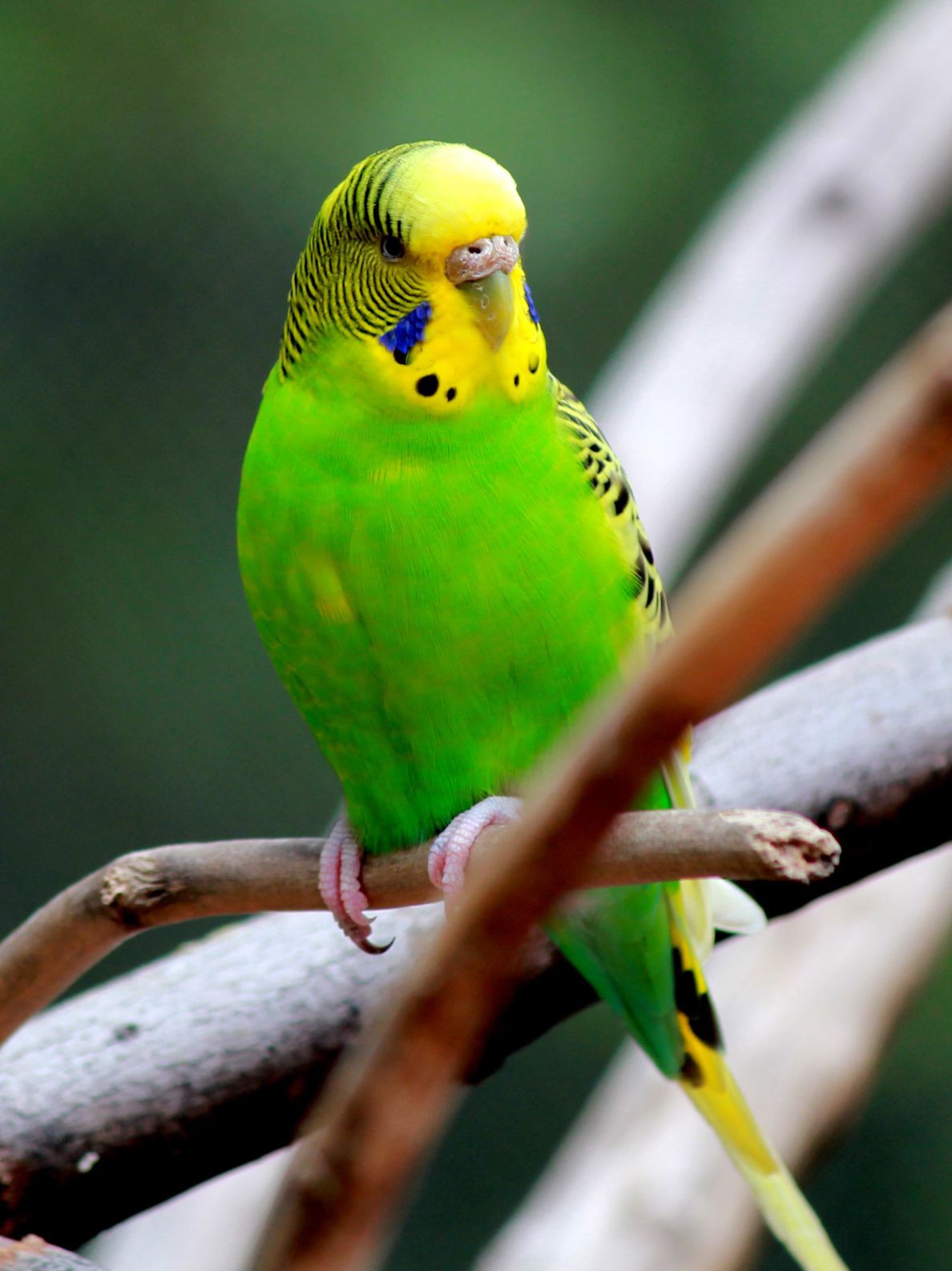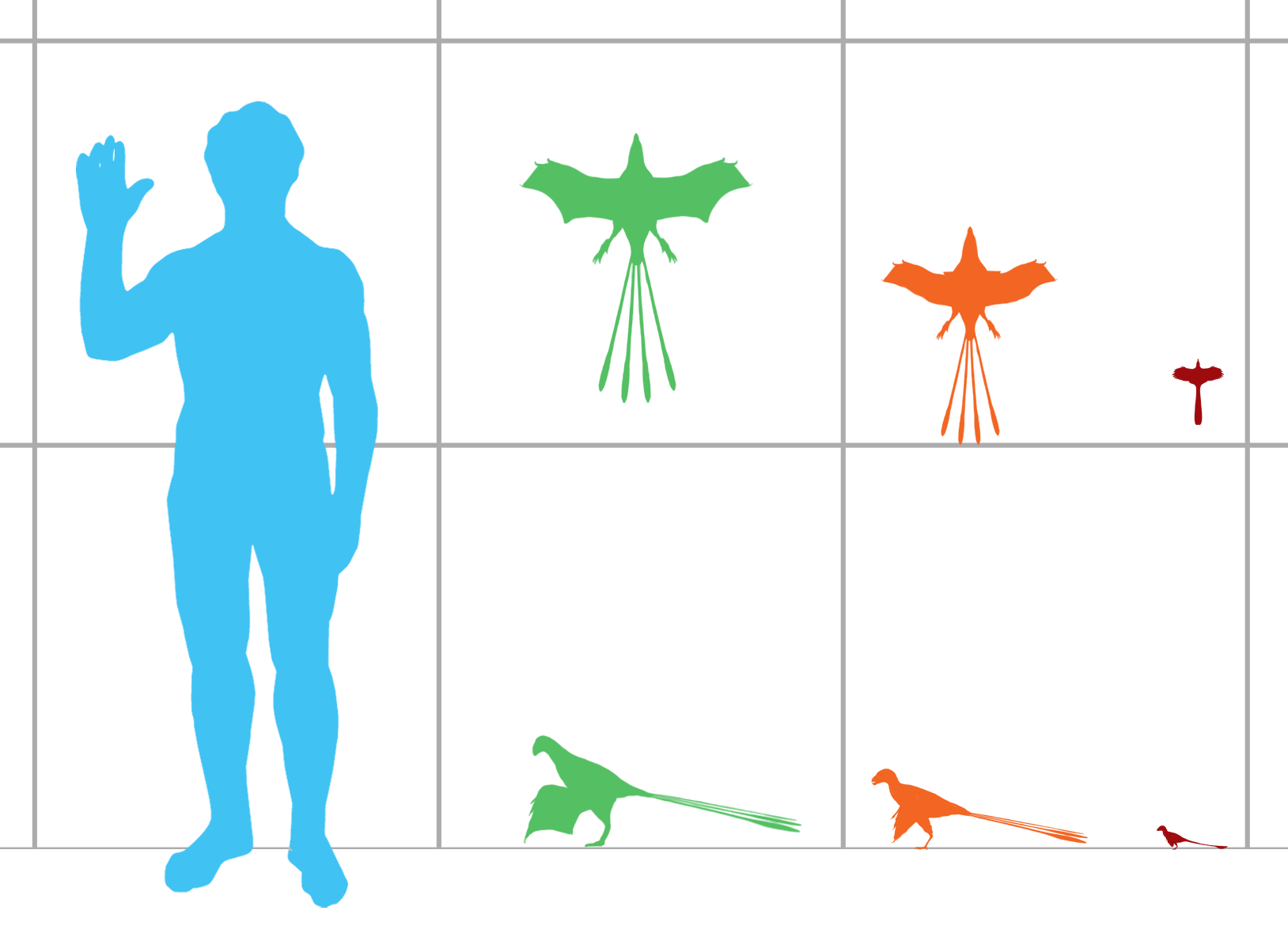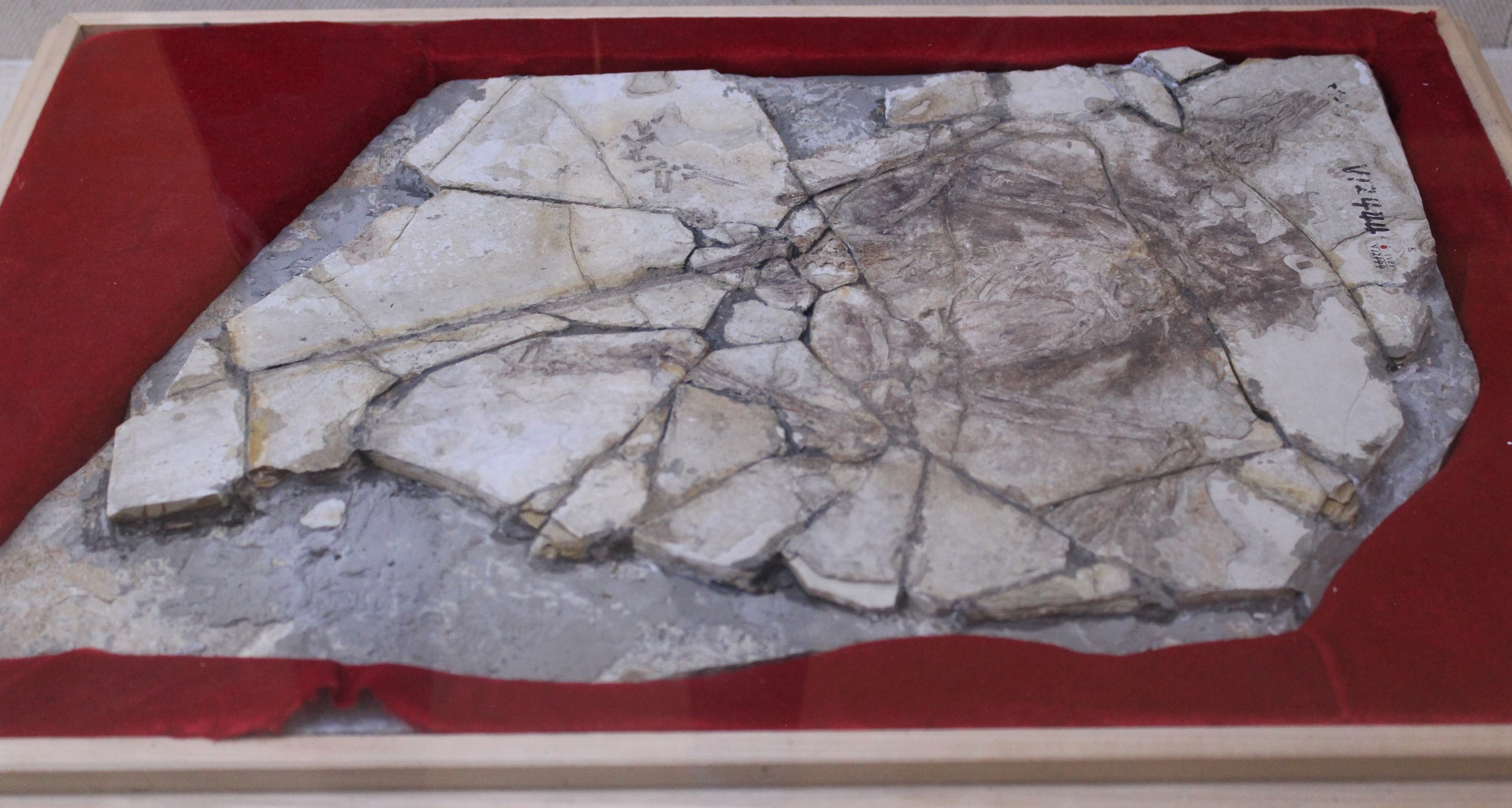|
Averaptora
Paraves are a widespread group of theropod dinosaurs that originated in the Middle Jurassic period. In addition to the extinct dromaeosaurids, troodontids, anchiornithids, and possibly the scansoriopterygids, the group also contains the avialans, among which are the over ten thousand species of living birds. Early members of Paraves are well known for the possession of an enlarged claw on the second digit of the foot, which was held off the ground when walking in some species. Description Like other theropods, all paravians are bipedal, walking on their two hind legs. The teeth of primitive paravians were curved and serrated, but not blade-like except in some specialized species such as ''Dromaeosaurus albertensis''. The serrations on the front edge of dromaeosaurid and troodontid teeth were very small and fine, while the back edge had serrations which were very large and hooked. Most of the earliest paravian groups were carnivorous, though some smaller species (especially am ... [...More Info...] [...Related Items...] OR: [Wikipedia] [Google] [Baidu] |
Overoraptor
''Overoraptor'' (meaning "piebald thief") is a genus of paravian theropod dinosaurs, which was closely related to ''Rahonavis'', from the Late Cretaceous (Cenomanian) Huincul Formation of Gondwana, present-day Argentina. It includes one species, ''Overoraptor chimentoi''. Etymology The generic name ''Overoraptor'' is derived from the Spanish ''overo'', meaning piebald, in reference to the color of the fossil bones. The specific name, ''O. chimentoi'', refers to Roberto Nicolás Chimento, who discovered the remains. Description and classification Although the holotype is very fragmentary, it exhibits an unusual combination of features that reveal a novel phylogenetic position. The forelimb exhibits a bird-like morphology that includes, among other things, a robust ulna, while the hindlimb appears to have been adapted for a cursorial lifestyle. A "sickle-claw" similar to that of dromaeosaurs is also present. Both a flight-adapted forelimb and a cursorial hindlimb are present i ... [...More Info...] [...Related Items...] OR: [Wikipedia] [Google] [Baidu] |
Avialae
Avialae ("bird wings") is a clade containing the only living dinosaurs, the birds. It is usually defined as all theropod dinosaurs more closely related to birds (Aves) than to deinonychosaurs, though alternative definitions are occasionally used (see below). ''Archaeopteryx lithographica'', from the late Jurassic Period Solnhofen Formation of Germany, is possibly the earliest known avialan which may have had the capability of powered flight, though it might have been a deinonychosaur instead. Several older (but non flight-capable) avialans are known from the late Jurassic Tiaojishan Formation of China, dated to about 160 million years ago. Definition Most researchers define Avialae as branch-based clade, though definitions vary. Many authors have used a definition similar to "all theropods closer to birds than to ''Deinonychus''."Weishampel, David B.; Dodson, Peter; Osmólska, Halszka (eds.) (2004). ''The Dinosauria'', Second Edition. University of California Press., 861 pp. ... [...More Info...] [...Related Items...] OR: [Wikipedia] [Google] [Baidu] |
Scansoriopterygidae
Scansoriopterygidae (meaning "climbing wings") is an extinct family of climbing and gliding maniraptoran dinosaurs. Scansoriopterygids are known from five well-preserved fossils, representing four species, unearthed in the Tiaojishan Formation fossil beds (dating to the mid-late Jurassic Period) of Liaoning and Hebei, China. '' Scansoriopteryx heilmanni'' (and its likely synonym ''Epidendrosaurus ninchengensis'') was the first non-avian dinosaur found that had clear adaptations to an arboreal or semi-arboreal lifestyle–it is likely that they spent much of their time in trees. Both specimens showed features indicating they were juveniles, which made it difficult to determine their exact relationship to other non-avian dinosaurs and birds. It was not until the description of '' Epidexipteryx hui'' in 2008 that an adult specimen was known. In 2015, the discovery of another, larger adult specimen belonging to the species '' Yi qi'' showed that scansoriopterygids were not onl ... [...More Info...] [...Related Items...] OR: [Wikipedia] [Google] [Baidu] |
Scansoriopterygidae
Scansoriopterygidae (meaning "climbing wings") is an extinct family of climbing and gliding maniraptoran dinosaurs. Scansoriopterygids are known from five well-preserved fossils, representing four species, unearthed in the Tiaojishan Formation fossil beds (dating to the mid-late Jurassic Period) of Liaoning and Hebei, China. '' Scansoriopteryx heilmanni'' (and its likely synonym ''Epidendrosaurus ninchengensis'') was the first non-avian dinosaur found that had clear adaptations to an arboreal or semi-arboreal lifestyle–it is likely that they spent much of their time in trees. Both specimens showed features indicating they were juveniles, which made it difficult to determine their exact relationship to other non-avian dinosaurs and birds. It was not until the description of '' Epidexipteryx hui'' in 2008 that an adult specimen was known. In 2015, the discovery of another, larger adult specimen belonging to the species '' Yi qi'' showed that scansoriopterygids were not onl ... [...More Info...] [...Related Items...] OR: [Wikipedia] [Google] [Baidu] |
Middle Jurassic
The Middle Jurassic is the second epoch of the Jurassic Period. It lasted from about 174.1 to 163.5 million years ago. Fossils of land-dwelling animals, such as dinosaurs, from the Middle Jurassic are relatively rare, but geological formations containing land animal fossils include the Forest Marble Formation in England, the Kilmaluag Formation in Scotland,British Geological Survey. 2011Stratigraphic framework for the Middle Jurassic strata of Great Britain and the adjoining continental shelf: research report RR/11/06 British Geological Survey, Keyworth, Nottingham. the Daohugou Beds in China, the Itat Formation in Russia, and the Isalo III Formation of western Madagascar. Paleogeography During the Middle Jurassic Epoch, Pangaea began to separate into Laurasia and Gondwana, and the Atlantic Ocean formed. Eastern Laurasia was tectonically active as the Cimmerian plate continued to collide with Laurasia's southern coast, completely closing the Paleo-Tethys Ocean. A subduction zone ... [...More Info...] [...Related Items...] OR: [Wikipedia] [Google] [Baidu] |
Dromaeosaurus Albertensis
''Dromaeosaurus'' (, "running lizard") is a genus of dromaeosaurid theropod dinosaur which lived during the Late Cretaceous period (middle late Campanian and Maastrichtian), sometime between 80 and 69 million years ago, in Alberta, Canada and the western United States. The type species is ''Dromaeosaurus albertensis'', which was described by William Diller Matthew and Barnum Brown in 1922. Its fossils were unearthed in the Dinosaur Park Formation. Teeth attributed to this genus have been found in the Prince Creek Formation. ''Dromaeosaurus'' is the type genus of both Dromaeosauridae and Dromaeosaurinae, which include many genera with similar characteristics to ''Dromaeosaurus'' such as possibly its closest relative ''Dakotaraptor''. ''Dromaeosaurus'' was heavily built, more so than other dromaeosaurs that are similar in size, like ''Velociraptor''. Discovery and naming Despite receiving widespread attention in popular books on dinosaurs, and the usage of a complete mounted skelet ... [...More Info...] [...Related Items...] OR: [Wikipedia] [Google] [Baidu] |
Troodontidae
Troodontidae is a clade of bird-like theropod dinosaurs. During most of the 20th century, troodontid fossils were few and incomplete and they have therefore been allied, at various times, with many dinosaurian lineages. More recent fossil discoveries of complete and articulated specimens (including specimens which preserve feathers, eggs, embryos, and complete juveniles), have helped to increase understanding about this group. Anatomical studies, particularly studies of the most primitive troodontids, like ''Sinovenator'', demonstrate striking anatomical similarities with '' Archaeopteryx'' and primitive dromaeosaurids, and demonstrate that they are relatives comprising a clade called Paraves. Description Troodontids are a group of small, bird-like, gracile maniraptorans. All troodontids have unique features of the skull, such as large numbers of closely spaced teeth in the lower jaw. Troodontids have sickle-claws and raptorial hands, and some of the highest non-avian enceph ... [...More Info...] [...Related Items...] OR: [Wikipedia] [Google] [Baidu] |
Bird
Birds are a group of warm-blooded vertebrates constituting the class Aves (), characterised by feathers, toothless beaked jaws, the laying of hard-shelled eggs, a high metabolic rate, a four-chambered heart, and a strong yet lightweight skeleton. Birds live worldwide and range in size from the bee hummingbird to the ostrich. There are about ten thousand living species, more than half of which are passerine, or "perching" birds. Birds have whose development varies according to species; the only known groups without wings are the extinct moa and elephant birds. Wings, which are modified forelimbs, gave birds the ability to fly, although further evolution has led to the loss of flight in some birds, including ratites, penguins, and diverse endemic island species. The digestive and respiratory systems of birds are also uniquely adapted for flight. Some bird species of aquatic environments, particularly seabirds and some waterbirds, have further evolved for swimming. B ... [...More Info...] [...Related Items...] OR: [Wikipedia] [Google] [Baidu] |
Coelurosaurs
Coelurosauria (; from Greek, meaning "hollow tailed lizards") is the clade containing all theropod dinosaurs more closely related to birds than to carnosaurs. Coelurosauria is a subgroup of theropod dinosaurs that includes compsognathids, tyrannosaurs, ornithomimosaurs, and maniraptorans; Maniraptora includes birds, the only known dinosaur group alive today. Most feathered dinosaurs discovered so far have been coelurosaurs. Philip J. Currie had considered it likely and probable that all coelurosaurs were feathered. However, several skin impressions found for some members of this group show pebbly, scaly skin, indicating that feathers did not completely replace scales in all taxa. In the past, Coelurosauria was used to refer to all small theropods, but this classification has since been abolished. Anatomy Bodyplan The studying of anatomical traits in coelurosaurs indicates that the last common ancestor had evolved the ability to eat and digest plant matter, adapting to an omnivo ... [...More Info...] [...Related Items...] OR: [Wikipedia] [Google] [Baidu] |
Coelurosauria
Coelurosauria (; from Greek, meaning "hollow tailed lizards") is the clade containing all theropod dinosaurs more closely related to birds than to carnosaurs. Coelurosauria is a subgroup of theropod dinosaurs that includes compsognathids, tyrannosaurs, ornithomimosaurs, and maniraptorans; Maniraptora includes birds, the only known dinosaur group alive today. Most feathered dinosaurs discovered so far have been coelurosaurs. Philip J. Currie had considered it likely and probable that all coelurosaurs were feathered. However, several skin impressions found for some members of this group show pebbly, scaly skin, indicating that feathers did not completely replace scales in all taxa. In the past, Coelurosauria was used to refer to all small theropods, but this classification has since been abolished. Anatomy Bodyplan The studying of anatomical traits in coelurosaurs indicates that the last common ancestor had evolved the ability to eat and digest plant matter, adapting to an omniv ... [...More Info...] [...Related Items...] OR: [Wikipedia] [Google] [Baidu] |
Dinosaur
Dinosaurs are a diverse group of reptiles of the clade Dinosauria. They first appeared during the Triassic period, between 243 and 233.23 million years ago (mya), although the exact origin and timing of the evolution of dinosaurs is the subject of active research. They became the dominant terrestrial vertebrates after the Triassic–Jurassic extinction event 201.3 mya; their dominance continued throughout the Jurassic and Cretaceous periods. The fossil record shows that birds are feathered dinosaurs, having evolved from earlier theropods during the Late Jurassic epoch, and are the only dinosaur lineage known to have survived the Cretaceous–Paleogene extinction event approximately 66 mya. Dinosaurs can therefore be divided into avian dinosaurs—birds—and the extinct non-avian dinosaurs, which are all dinosaurs other than birds. Dinosaurs are varied from taxonomic, morphological and ecological standpoints. Birds, at over 10,700 living species, are among ... [...More Info...] [...Related Items...] OR: [Wikipedia] [Google] [Baidu] |
Microraptor Gui
''Microraptor'' (Greek, μικρός, ''mīkros'': "small"; Latin, ''raptor'': "one who seizes") is a genus of small, four-winged dromaeosaurid dinosaurs. Numerous well-preserved fossil specimens have been recovered from Liaoning, China. They date from the early Cretaceous Jiufotang Formation ( Aptian stage), 125 to 120 million years ago. Three species have been named (''M. zhaoianus'', ''M. gui'', and ''M. hanqingi''), though further study has suggested that all of them represent variation in a single species, which is properly called ''M. zhaoianus''. ''Cryptovolans'', initially described as another four-winged dinosaur, is usually considered to be a synonym of ''Microraptor''. Like '' Archaeopteryx'', well-preserved fossils of ''Microraptor'' provide important evidence about the evolutionary relationship between birds and earlier dinosaurs. ''Microraptor'' had long pennaceous feathers that formed aerodynamic surfaces on the arms and tail but also on the legs. This led pale ... [...More Info...] [...Related Items...] OR: [Wikipedia] [Google] [Baidu] |

.jpg)




.jpg)

.jpg)

